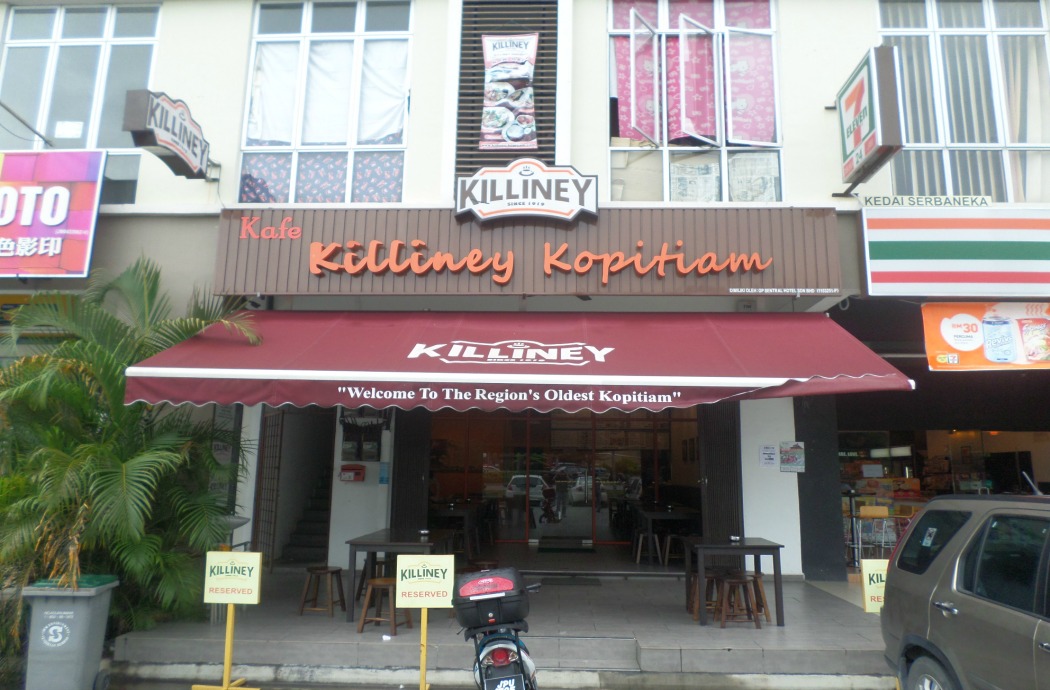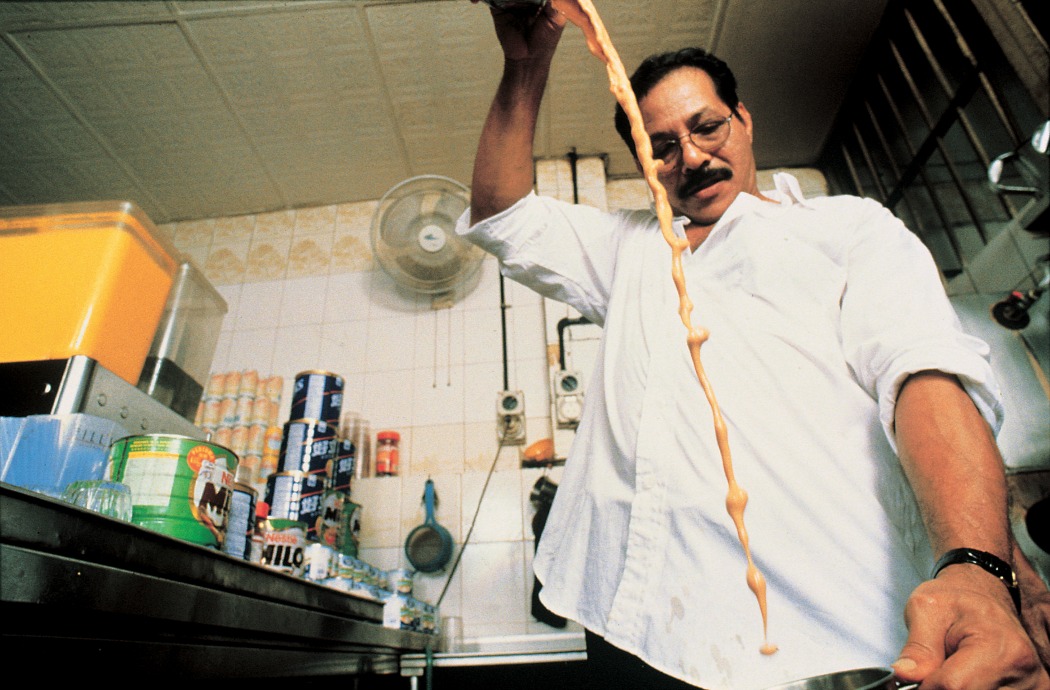Coffee? You meant kopi! The ultimate Singaporean drink guide for expats
Ever wandered outside of the serviced apartments in Singapore and noticed coffee shops (referred to as kopitiams) fitted under apartment blocks or food courts with drinks stall that doesn’t seem to have your regular cup of joe? Right down to the type of bean used to the letters used to spelt coffee (kopi) and tea (teh), here is your definitive guide to ordering drinks in Singapore.
But first, coffee (kopi).

Kopi is the Malay word for coffee, and it’s what the locals call it here. More than a just namesake, everything from the beans, to the roasting process and the way it’s brewed is different from regular coffee.
Generally, most coffee around the world is made from Arabic beans. These are beans grown at high altitude in continents like Africa and Latin America. They give off an acidic, light flavour.
In Singapore, the local kopi is made using Robusta beans. These beans are grown on plains and are harvested in countries like Vietnam and Indonesia. These beans usually boast a higher amount of caffeine, and a stronger, bitter flavour. It’s usually served with either condensed or evaporated milk.
Fun Fact: Did you know there is a third coffee bean species called the Liberica bean? Grown in mainly the Philippines, it was brought in to replace Arabica beans after the coffee rust of the 1890s.
The roasting and brewing process.

The beans are roasted in a wok, mixed with sugar and butter, sometimes fat. It is dark roasted, to the point where the beans turn oily and caramelized, almost but not yet to the point of burnt.
After the beans are grounded, the coffee is then brewed a long-spouted pot through a cloth-sack that looks like a sock. The sock acts as an infuser as hot water is poured through.
How to order.

Both kopi and teh (Malay for teh, and how it is referred to here) can be ordered to your liking.
Suffixes to add behind a Kopi or Teh order:
C: Instead of regular condensed milk, your kopi (or teh) will be served with evaporated milk and sugar.
O: No milk
Kosong: No sugar
Gao: Strong
Tiloh: Concentrated. Strong, like a whole of cup Singaporean espresso.
Poh: Weak
Gah Dai: Sweeter with condensed milk
Siu Dai: Less sweet with reduced condensed milk
Peng: Ice
Ban Shao: Served warm, not hot
Some examples to order:
Kopi: The default cup of kopi is made with sweetened condensed milk (no sugar).
Kopi C: With unsweetened evaporated milk and sugar. A little less sweet, creamy, and caramel-like than standard kopi.
Teh C Kosong: Tea with evaporated milk, no sugar.
Kopi O: No milk, with sugar.
Kopi O Kosong Peng: No milk, no sugar with ice.
The storm of suffixes might be too much to think about, so just do this: Start with a first a kopi or teh, then decide if you want condense milk or evaporated milk (kopi C/teh C) and adjust your additional suffixes to your order after.
For the adventurous expat, try these.

Specific to Teh, these are some additional drink options.
Tiao He: Chinese tea in tea bags. Tiao He actually means fishing, comparing the act of dipping of tea bags.
Teh Halia: Tea with ginger (These 2 are usually found only at Indian/Muslim ran drinks stalls)
Teh Tarik: Widely popular, this tea is pulled, which means that the canister pouring the tea is being pulled further apart from the one receiving it, creating a long flow of tea. This is done repeatedly to create a foamy top.
Other drinks to try:
Hei Bai: Means black & white, and it refers to the combination of glass jelly (or Chin Chow, usually black in color) and soy milk (a white beverage). Also affectionately known as Michael Jackson.
Tak Kit: Milo – A combination of sugar, chocolate, malt powder and milk. Popular in Asia and Australia. Tut kit means kick the ball, referencing the image on the tin of milo which depicts a boy kicking a football ball.
Milo Kosong: Hot Milo without milk and sugar
Milo Dinosaur: Iced Milo with condensed milk and sugar, and undissolved Milo powder as a topping.
And complete your order with a traditional Chinese breakfast.

A couple of runny eggs (that you’ll break and mix with soya sauce and pepper on your own) and kaya toast paired with a cuppa kopi makes the perfect Chinese breakfast. Now go out there and be creative, try to pronounce the words right and brace yourself for the puzzled looks, for when you get too creative with your order. Enjoy!




